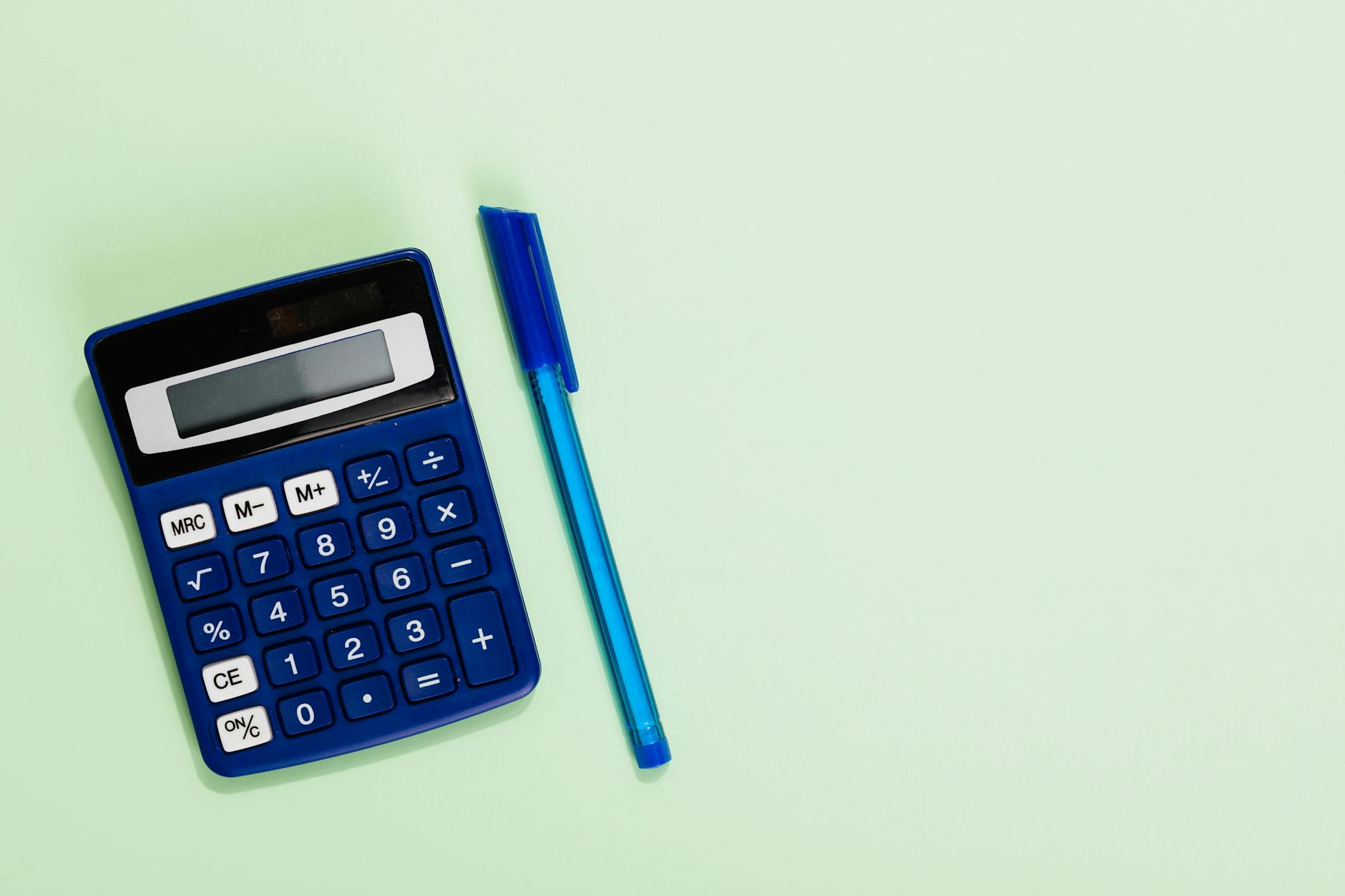Finansowy minimalizm to podejście do zarządzania finansami, które kładzie nacisk na prostotę, oszczędność i świadome wydawanie pieniędzy. W świecie, gdzie konsumpcjonizm i nadmierna konsumpcja są powszechne, finansowy minimalizm stawia na mniej, ale lepszej jakości. Chodzi o to, aby skupić się na rzeczach naprawdę istotnych, zamiast gromadzić zbędne przedmioty i długi.
Understanding Financial Minimalism
Financial minimalism is not just about cutting expenses or living frugally; it’s a mindset that focuses on intentional and mindful financial decisions. By embracing financial minimalism, individuals can simplify their financial lives, reduce stress, and achieve greater financial security and peace of mind.

Minimalist Budgeting Techniques
When it comes to , the key lies in simplification and intentionality. By focusing on essentials and cutting out unnecessary expenses, individuals can create a budget that aligns with their values and goals. Rather than being bogged down by a complex web of expenses, a minimalist budget allows for greater clarity and control over one’s financial situation.
Imagine your budget as a finely tuned instrument, with each expense serving a specific purpose and contributing to your overall financial harmony. By applying the principles of minimalism to your budget, you can eliminate the noise and distractions that often lead to overspending and financial stress. Instead, you can cultivate a sense of mindfulness and intentionality in your spending habits, ensuring that every dollar has a meaningful impact.
One effective technique in minimalist budgeting is the 80/20 rule, also known as the Pareto Principle. This rule suggests that roughly 80% of your outcomes result from 20% of your inputs. Applying this concept to your budget, you can identify the vital few expenses that bring the most value to your life and allocate your resources accordingly. By focusing on the essentials and trimming the excess, you can optimize your budget for maximum efficiency and impact.
Moreover, creating a visual representation of your budget can be a powerful tool in practicing minimalist budgeting. By using charts, graphs, or tables to track your income and expenses, you can gain a clear understanding of where your money is going and identify areas for improvement. Visualizing your budget in this way can make it easier to spot trends, set goals, and make informed financial decisions.
Another aspect of minimalist budgeting involves automating your finances as much as possible. By setting up automatic transfers for savings, investments, and bill payments, you can streamline your financial processes and reduce the temptation to overspend. Automation not only saves time and effort but also helps you stay on track with your budgeting goals consistently.
Investing with a Minimalist Mindset
Inwestowanie z minimalistycznym podejściem może być kluczem do osiągnięcia stabilności finansowej i wzrostu kapitału. Kiedy zaczynamy rozważać inwestycje w duchu minimalizmu, kładziemy nacisk na wartość, zrównoważenie portfela oraz unikanie zbędnych ryzyk. Jest to jak komponowanie muzyki – każdy dźwięk, czyli każda decyzja inwestycyjna, ma swoje miejsce i cel, tworząc harmonijną całość.

Minimalism in Financial Planning
Finansowy minimalizm w planowaniu finansowym to podejście, które pozwala uprościć cele i decyzje dotyczące pieniędzy, eliminując zbędne skomplikowania i chaos. Jest to jak posiadanie klarownego planu podróży, gdzie wiesz dokąd zmierzasz i co jest naprawdę istotne. W ten sposób, unikając zbędnych wydatków i inwestycji, możesz skupić się na osiągnięciu swoich najważniejszych celów finansowych.
